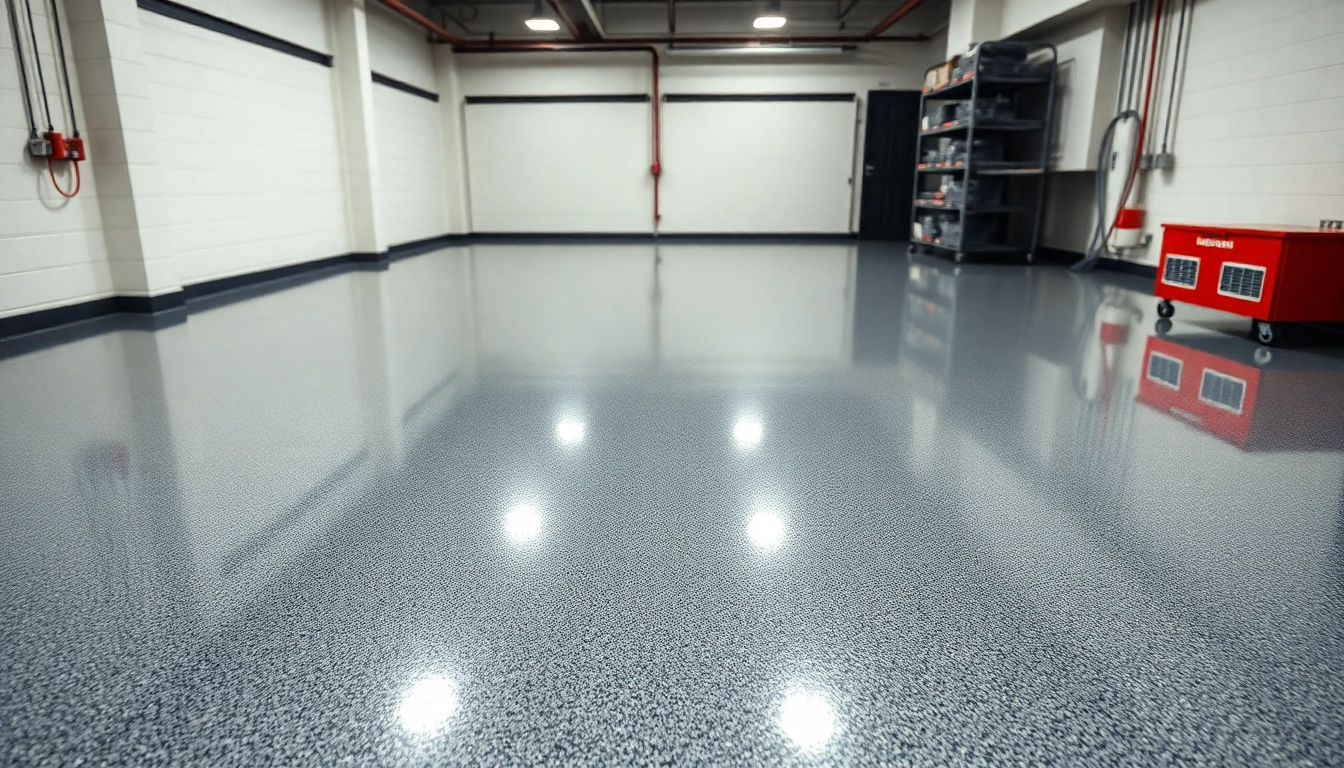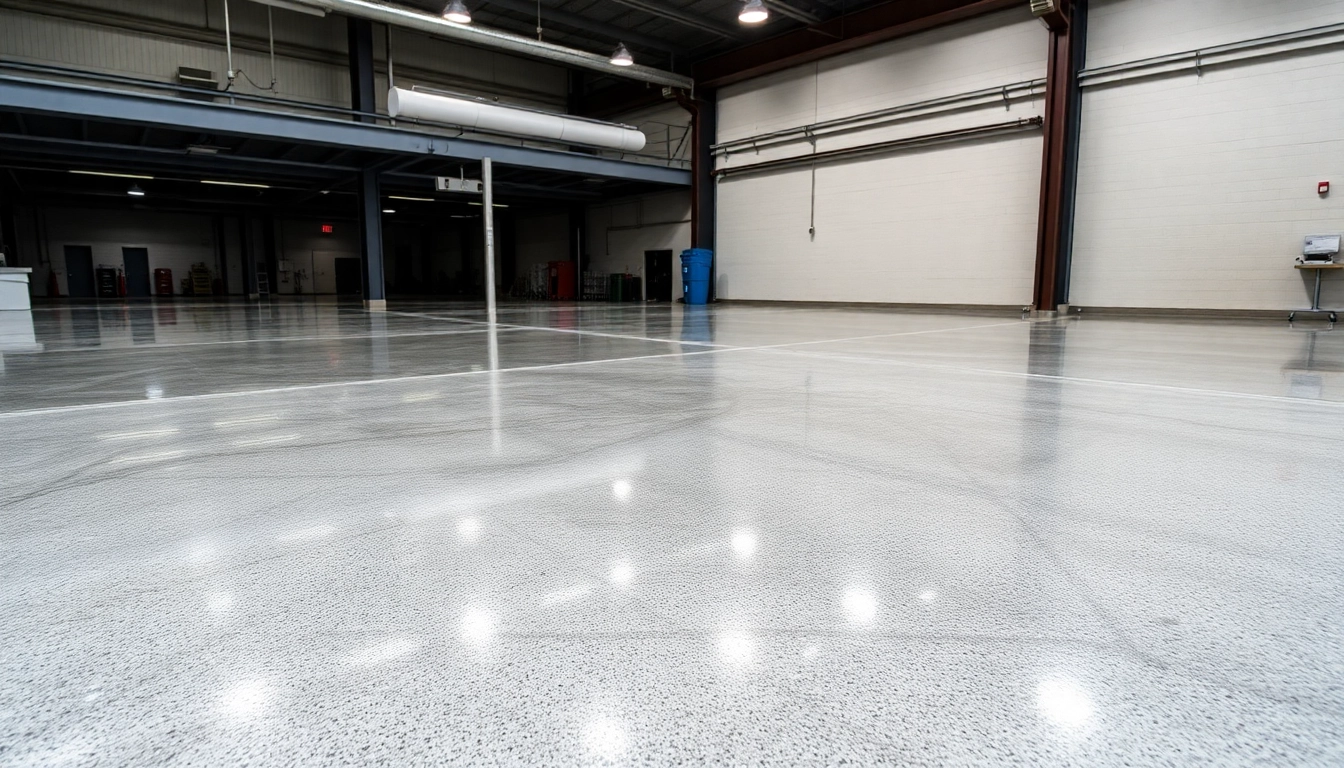Understanding Epoxy Resin Floors: Composition and Benefits
Epoxy resin floors have become a top choice for both residential and commercial spaces due to their exceptional durability, aesthetic appeal, and ease of maintenance. These floors are renowned for their resilience against chemicals, abrasions, and impacts, making them ideal for high-traffic areas such as garages, warehouses, showrooms, and even healthcare facilities. As a professional in the flooring industry or a property owner considering an upgrade, understanding the fundamentals of epoxy resin floors is essential for making informed decisions. An epoxy resin floor combines a versatile resin component with a hardening agent, creating a seamless, robust surface that can withstand demanding conditions while offering limitless design possibilities.
What Is an Epoxy Resin Floor?
An epoxy resin floor is a type of continuous coating system that is chemically bonded to the substrate, typically concrete. The epoxy mixture comprises epoxy resin and a curing agent that, when combined, undergo a chemical reaction to form a solid, rigid plastic material. This resin is applied as a liquid, which self-levels and bonds tightly to the surface, resulting in a smooth, durable, and often glossy finish. The process involves meticulous surface preparation, accurate mixing, and precise application of multiple layers to achieve optimal performance.
Key Advantages for Residential and Commercial Spaces
Epoxy floors are celebrated for their myriad benefits, making them suitable for diverse applications:
- Superior Durability: Epoxy coatings resist wear and tear, making them ideal for environments with heavy foot traffic or equipment movement.
- Aesthetic Versatility: Available in a vast array of colors, textures, and finishes—such as metallic, marble, or quartz-effect—epoxy floors enhance visual appeal.
- Ease of Maintenance: The seamless surface prevents dirt and bacteria accumulation. Regular sweeping and mopping keep the floors looking pristine.
- Chemical & Spillage Resistance: Epoxy resists acids, oils, and many cleaning chemicals, making it suitable for industrial, manufacturing, and even residential kitchens.
- Cost-Effectiveness: While initial installation may involve a higher investment than basic flooring, the longevity and low maintenance costs of epoxy make it economically advantageous over time.
- Enhanced Safety: Options for adding anti-slip aggregates improve safety without compromising aesthetics.
Common Applications and Industry Standards
Epoxy resin flooring systems are versatile, yet certain standards guide their successful application:
- Industrial & Manufacturing Facilities: Heavy machinery, chemical exposure, and wear demand high-performance epoxy systems compliant with industry standards such as ASTM and ISO.
- Commercial Spaces: Retail outlets, showrooms, and food service venues benefit from attractive, durable epoxy finishes.
- Residential Garages & Basements: Epoxy provides a sleek, functional flooring solution that withstands spills and impacts.
- Healthcare & Laboratory Environments: Hygienic, seamless surfaces support sanitary requirements.
Preparing Your Surface for Epoxy Application
Assessing and Fixing Existing Concrete Floors
The foundation for a successful epoxy floor is a properly prepared surface. Existing concrete must be assessed for cracks, laitance, or previous coatings. Repairing cracks with suitable fillers and ensuring a level surface prevents future issues. It’s crucial to remove all loose material, seal any imperfections, and consider grinding or shot blasting to create an ideal profile for adhesion.
Cleaning, Milling, and Roughening the Surface
Thorough cleaning eliminates dust, grease, oils, and residues that can compromise bond strength. Mechanical abrasion techniques such as diamond grinding or shot blasting roughen the surface, enhancing epoxy adhesion and ensuring a mechanical lock that withstands stresses over time.
Prime and Seal for Optimal Adhesion
Applying a suitable primer or sealant improves bonding and mitigates issues like outgassing or pinholes. Selection of primer depends on the substrate and epoxy formulation. Proper priming is especially vital for porous or contaminated surfaces, ensuring a durable, long-lasting finish.
Step-by-Step Guide to Applying Epoxy Resin Floor
Mixing and Handling Epoxy Components
Accurate mixing of epoxy components is fundamental. Use clean, temperature-controlled tools, and follow manufacturer instructions precisely. Typically, epoxy resins and hardeners are combined in a 1:1 or specified ratio, with thorough mixing to prevent voids or improper curing. Working within the recommended pot life ensures optimal flow and adhesion.
Application Techniques for Even Coverage
Applying epoxy involves using rollers, squeegees, or brushes depending on the surface area. Start from a corner, maintaining a wet edge to prevent overlaps and lines. For large areas, consider using airless spray systems for a uniform finish. Multiple coats may be necessary, with adequate curing time between layers.
Tips for Achieving a Flawless Finish
Consistency in thickness, avoiding over-brushing, and proper timing are key. Using decorative flakes or quartz aggregates can add texture and slip resistance. Temperature and humidity control during application prevent issues like bubbles or poor curing. Always follow the manufacturer’s instructions for drying times and curing conditions.
Enhancing Durability and Aesthetics
Adding Color, Flakes, or Textures
Personalizing your epoxy floor with color pigments, metallic powders, or decorative flakes elevates its aesthetics. Flakes can conceal imperfections and add slip resistance. Textured finishes achieved through specialty additives or stamping systems can provide a non-slip surface suitable for outdoor or wet areas.
Protective Top Coats and UV Resistance
Applying a clear, UV-stable top coat shields the underlying epoxy from discoloration and UV damage, especially in sun-exposed environments. Polyurethane or additional epoxy coats enhance scratch resistance, chemical resistance, and ease of cleaning.
Maintenance Tips for Longevity
Routine cleaning with gentle detergents and avoiding harsh chemicals prolong the lifespan of epoxy floors. Promptly addressing spills and scratches, as well as periodic resealing or recoating, maintains their appearance and functionality for years.
Performance and Troubleshooting
Common Issues and How to Prevent Them
Problems such as bubbling, peeling, or surface cracking often stem from improper preparation, mixing, or environmental factors. Controlling temperature and humidity, using quality materials, and following curing protocols reduce these risks. For example, ensuring the concrete is fully dry and free of moisture prior to application prevents blistering.
Testing and Evaluating Floor Strength
Assessment tools like adhesion tests, impact resistance, and chemical resistance evaluations help verify epoxy performance. Regular inspections and maintenance extend the lifespan, ensuring the investment remains protected.
Professional vs DIY Epoxy Flooring
While DIY kits are accessible and cost-effective, professional installation offers advantages including expert surface preparation, flawless finishes, and guaranteed durability. Complex applications involving multiple layers, special textures, or high-performance specifications are best handled by experienced technicians.



